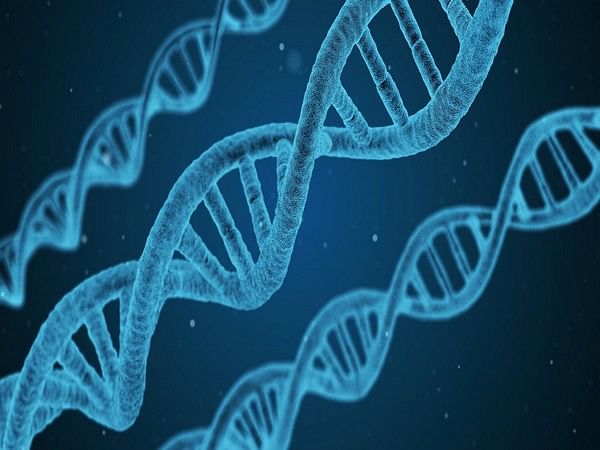Tokyo [Japan], March 16 (ANI): When it comes to cell kinds, stem cells essentially have limitless potential. These self-renewing cells, which may give birth to every cell type in the body, live in niches, which are specialised microenvironments. Researchers in Japan have now thrown fresh light on the dynamics of the neural stem cell niche, the brain’s home for stem cells.
Researchers from Tokyo Medical and Dental University (TMDU) explored the impact of hypoxic (low oxygen) circumstances on the brain stem cell niche during development in a recent study published in Inflammation and Regeneration.
Neural stem and progenitor cells (NPSCs) give rise to the cells of the brain and nervous system. NSPCs are known to reside in a hypoxic niche, meaning that oxygen levels in the niche are lower than those of the surrounding tissues. However, the composition of this niche, and how NSPCs maintain themselves within it, is not entirely clear. The TMDU-led research team set out to investigate the effects of low oxygen conditions within the neural stem cell niche using a cell culture model of NSPCs isolated from the forebrains of embryonic mice. They cultured these cells into neurospheres, or free-floating stem cell clusters, under low-oxygen and normal-oxygen conditions.
“The results were striking, with significantly increased neurosphere formation observed under hypoxic conditions compared with normoxic conditions,” says the co-lead author of the study Taichi Kashiwagi. “This led us to explore what factors play a role in the maintenance and proliferation of NSPCs under hypoxic conditions.”
The researchers evaluated a protein called vascular endothelial growth factor-A (VEGF-A) as a potential candidate. When the research team added VEGF-A to the NSPC cultures, neurosphere formation was significantly increased. Conversely, blocking VEGF-A with a drug inhibitor diminished the increase in neurosphere formation under low oxygen conditions. Additionally, VEGF-A expression was found to be upregulated in NSPCs under low oxygen conditions.
“We found that NSPCs treated with VEGF-A showed lower rates of cell death and increased cell proliferation,” says senior author Tetsuya Taga. “VEGF-A is a factor that appears to contribute to NSPC maintenance under low oxygen conditions.”
These findings indicate that NSPCs help to maintain their own population through the release of VEGF-A under hypoxic conditions. While other factors may also contribute to NSPC maintenance, these results shed new light on the composition of the neural stem cell niche during development and may serve as a foundation for further studies of self-organization of the hypoxic niche. (ANI)
This report is auto-generated from ANI news service. ThePrint holds no responsibility for its content.



